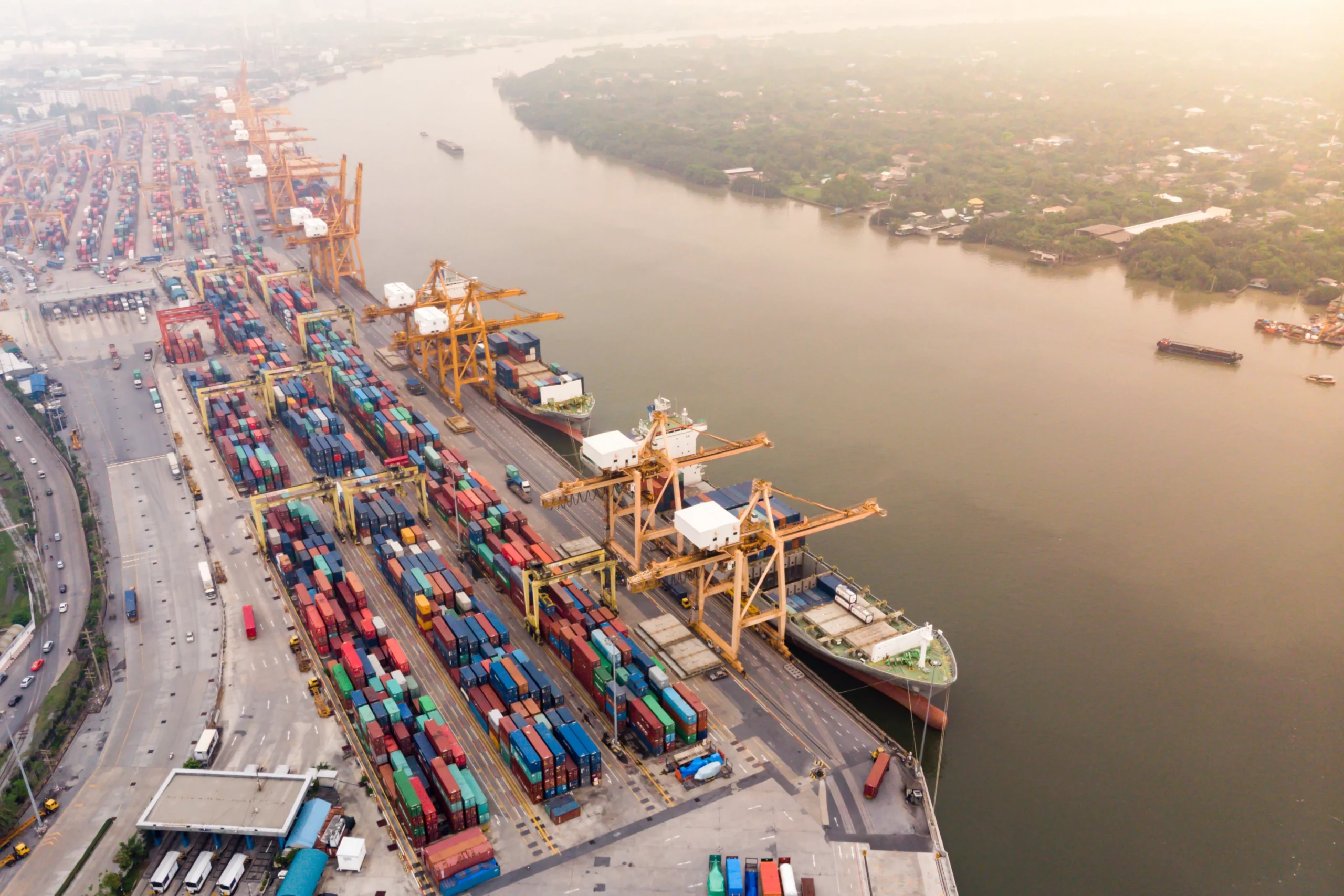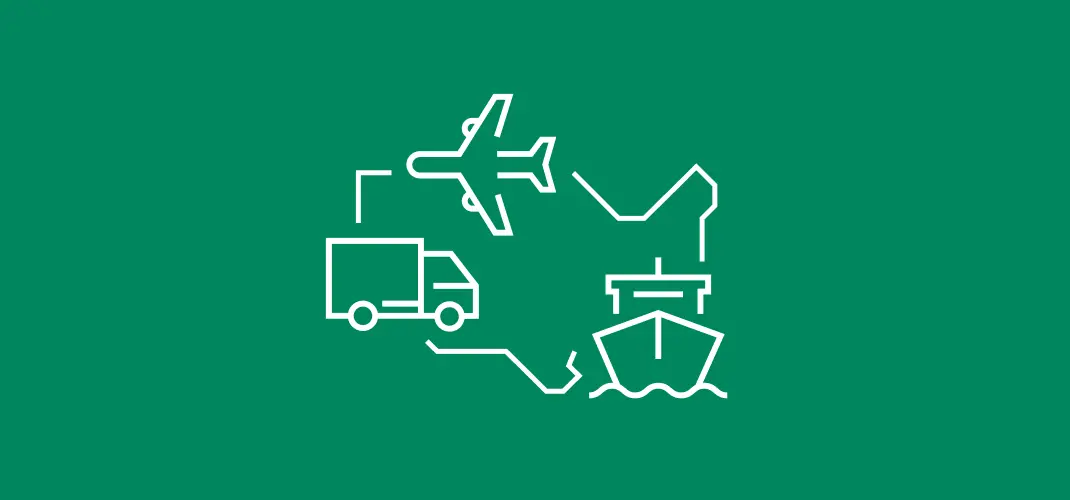Businesses seeking to expand their reach beyond local markets and tapping into the global supply chain face an array of obstacles on their way. Ranging from customs compliance and coordinating with multiple carriers to varying international trade laws, they complicate the movement of goods across national boundaries, leading to costly delays and legal issues. However, you don’t have to reach the panic button. With US InBound’s professional support, complex inbound freight cross-bordering can be organized in a seamless process, delivering nothing but financial and reputational benefits.
This article will guide you through the labyrinth of inbound freight logistics challenges and arm you with practical solutions.
Cross-Border Challenges

Cross-border logistics is similar to a puzzle, where every piece must fit precisely to ensure a smooth transit.
Customs Regulations and Paperwork
Each country’s customs process varies, requiring a detailed understanding of import duties, taxes, and specific documentation. For instance, a shipment might face unexpected delays if the paperwork lacks essential details like harmonized system codes or accurate product descriptions. These delays disrupt the supply chain, often leading to additional storage and demurrage charges.
Transportation Infrastructure
Companies shipping goods might encounter inadequate road or rail networks, leading to prolonged transit times and increased risks of damage or loss. Additionally, language barriers and differing business practices can complicate negotiations and coordination with local carriers or logistics partners.
Inefficient Routes
Shippers often have to work with multiple carriers for a single shipment, each with its own systems and schedules. A shipment may involve road transport to a port, sea freight to the American coast, and then rail or truck transport to its final destination. Coordinating these different legs of the journey requires precise timing and seamless communication to avoid bottlenecks.
Trade Policies
Fluctuating international trade policies and political climates can abruptly alter cross-border shipping. Tariffs and trade embargoes can increase costs and limit the available routes and modes of transportation. For instance, a sudden imposition of tariffs by one country on goods from another can compel shippers to reroute their shipments through different countries, incurring additional costs and time.
Security Concerns
High-value or sensitive goods crossing through multiple countries are exposed to various risks, including theft and damage. Ensuring adequate insurance coverage and implementing security measures is crucial but often challenging due to different regulations and standards in each country.
In real-world scenarios, these challenges often manifest in combinations, amplifying the complexity. Handling these multifaceted challenges demands a deep understanding of cross-border logistics and the ability to adapt to evolving situations.
Cross-Border Solutions

Efficiently addressing cross-border challenges requires a strategic approach, which often involves a blend of solutions tailored to specific scenarios.
Employing Technology for Compliance Management
Automated systems can streamline the paperwork process, ensuring accuracy and completeness in customs documentation. For example, utilizing automatically populated customs forms with the correct harmonized system codes and product descriptions reduces the risk of delays due to incomplete or incorrect paperwork. Additionally, partnering with experienced customs brokers can provide invaluable on-the-ground expertise in managing customs regulations.
Partnership with Local Logistics Providers
Local knowledge is a key to seamless cross-border logistics. An experienced logistics provider with local expertise can identify the most reliable transportation modes and routes and adjust plans dynamically in response to local conditions. They may opt for a combination of rail and road transport, utilizing their knowledge of the local infrastructure to ensure timely and safe delivery.
Advanced Carrier Coordination
Advanced logistics platforms offering real-time tracking and communication tools can enhance route optimization and carrier coordination. These platforms enable shippers to coordinate seamlessly with multiple carriers and adjust schedules on the fly. Such a platform can help synchronize the different legs of the journey, ensuring that delays in one segment don’t cause a domino effect throughout the supply chain.
Strategic Planning
Diversifying supply chains and establishing alternative routes and suppliers can minimize the risks associated with political and economic changes. For example, a business reliant on components from a country facing new tariffs might develop alternative supply sources from other countries or stockpile critical components as a buffer against potential supply disruptions.
Innovative Security Systems
Investing in high-quality security measures, like GPS tracking, can deter theft and provide real-time visibility. Furthermore, obtaining cargo insurance that covers the specific risks associated with cross-border shipping is essential. Tailoring insurance coverage to the value of the goods and the specific risks of the transit route can provide peace of mind and financial protection.
In real life, shippers often need to combine these solutions. For example, a shipment facing customs delays might also need route adjustments due to infrastructure issues in the destination country, requiring both technological solutions and the expertise of a local logistics provider.
Conclusion:
Efficient and secure cross-border logistics is synonymous with a well-thought-out strategic approach and strong partnerships with local logistics providers like US InBound. Challenges like customs regulations, complex transportation infrastructures, inefficient routes, and changing trade policies can cause a lot of headaches if not handled properly. The solutions to these challenges range from leveraging advanced technology for compliance and documentation to engaging with local logistics experts for insights into specific regional challenges.
No less critical is international and local logistic knowledge. A trusted logistics partner like US InBound can act as a shield against cross-border challenges. With US InBound’s expertise and resources, you can enjoy seamless, efficient, and secure transportation of goods across international borders.




